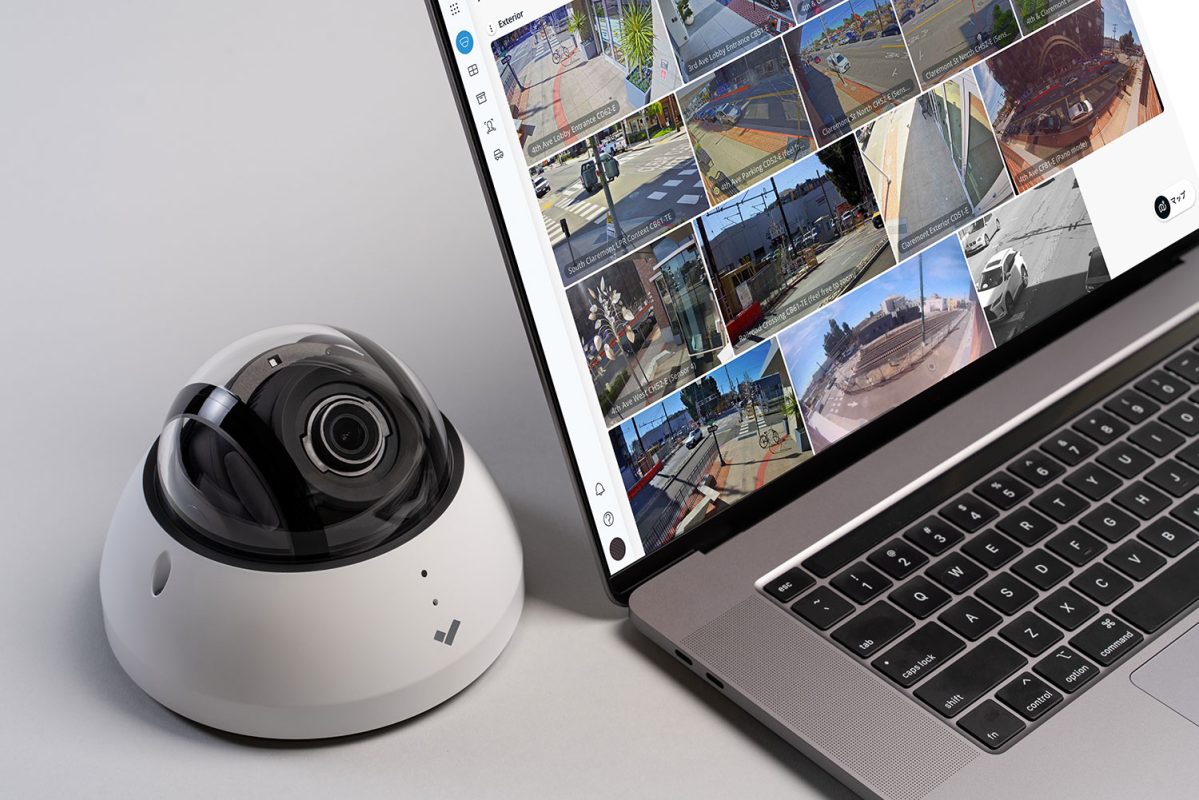Security cameras can produce measurable ROI through loss reduction (15–35%), faster incident resolution (25–50%), and lower insurance premiums (5–15%).
TCO (Total Cost of Ownership) includes:
- CapEx: $1,200–$2,500 per camera installed
- OpEx: Cloud/licensing $8–$18 per month, storage $4–$10, maintenance 8–12% annually
ROI modeling requires baselines for shrink, response times, and guard-hours, plus NPV and payback period analysis. Hidden factors include storage architecture, cybersecurity, and privacy. Pilot programs validate image quality, analytics, and SLAs. The following sections quantify assumptions and benchmarks.
The Business Case for Surveillance: What ROI Really Means
Although security cameras are often seen as cost centers, their ROI can be quantified across direct and indirect value drivers, including:
- Loss prevention
- Incident response efficiency
- Liability reduction
- Operational optimization
- Regulatory compliance
A rigorous business justification requires financial analysis anchored in baselines and measurable deltas.
Typical models estimate:
- Shrink reduction percentages multiplied by historical losses
- Time-to-resolution improvements tied to labor hours saved
- Claim frequency/severity declines reflected in insurance and litigation costs
Operational impacts are measured through cycle-time improvements, audit accuracy, and adherence to SOPs — translating into throughput gains or scrap reduction. Compliance value comes from avoided penalties and verification efficiencies.
Cost Breakdown: Hardware, Installation, and Ongoing Expenses
A comprehensive cost model spans three categories: CapEx and two types of OpEx.
CapEx focuses on hardware:
- Cameras (fixed, PTZ, multisensor)
- Lenses
- NVR/VMS licenses
- Switching, PoE, storage arrays, UPS, mounts
OpEx covers:
- Installation: cabling, segmentation, ceiling access, lift rentals
- Ongoing service: monitoring, maintenance, cloud retention, cybersecurity, replacements
| Component | Typical Range |
| Camera Units | $80–$900 each; specialty sensors $1,200+ |
| Storage | 30–90 days retention = 8–40 TB per 16 cameras |
| Licensing | VMS $40–$120 per channel annually |
| Labor | $85–$150/hour; $250–$600 per drop |
| Recurring | Monitoring/cloud $5–$18 per camera monthly; 3–5% hardware renewal yearly |
Quantifying Benefits: Theft Deterrence, Incident Resolution, and Insurance Savings
Even before finalizing costs, returns hinge on measurable outcomes like reduced losses, faster resolutions, and lower premiums.
| Metric | Typical Impact |
| Shrinkage Rate | 15–30% reduction |
| Incident Resolution Time | 25–50% faster |
| Claim Outcomes | Higher verification, fewer disputes |
| Insurance Premiums | 5–15% discounts when standards met |
Incident documentation improves investigation efficiency and reduces false claims. Insurers often tie discounts to verified coverage, retention, and health reports. Cameras also enhance employee safety and response speed.
Operational Gains: Productivity, Compliance, and Process Optimization
Beyond loss prevention, camera systems drive process efficiency and workflow improvement.
Key applications include:
- Measuring takt-time deviations
- Validating training effectiveness
- Detecting micro-stoppages
- Auditing chain-of-custody
- Aligning labor with peak demand
Results include faster throughput, fewer defects, and improved compliance — all contributing to measurable ROI.
Hidden Variables: Data Storage, Cybersecurity, and Privacy
ROI depends on often-overlooked factors like storage scalability, cybersecurity, and privacy compliance.
Storage Costs and Scalability
Storage needs scale with resolution, retention, and camera count.
Compare cloud, on-premises, and hybrid options based on cost, scalability, and access requirements.
Checklist:
- Quantify footage volume
- Model retention costs (30–365 days)
- Evaluate egress/retrieval fees
- Plan for future scalability
Cybersecurity and Privacy Risks
Networked devices expand the attack surface. Best practices include:
- End-to-end encryption
- Least-privilege access
- Regular patching
- Vendor due diligence
- Compliance mapping
Training and incident preparedness protect ROI by minimizing breach and liability risk.
Building an ROI Model: Metrics, Benchmarks, and Payback
A defensible ROI model starts with TCO, loss-prevention impact, labor savings, and compliance offsets.
Core ROI Metrics
- Loss reduction rate
- Incident response time
- Labor substitution
- Coverage uptime
- Integration yield
These metrics support NPV, IRR, and payback calculations.
Industry Benchmark Ranges
| Category | Benchmark Range |
| Loss Reduction | 15–35% |
| Incident Time Reduction | 25–50% |
| False Alarm Reduction | 30–60% |
| Guard Hour Reduction | 10–20% |
| CapEx | $1,200–$2,500 per camera installed |
| Cloud/Licensing | $8–$18 per device monthly |
| Storage | $4–$10 per camera monthly |
| Maintenance | 8–12% of CapEx annually |
These benchmarks guide sensitivity analyses and ensure realistic projections.
Payback Period Modeling
Most businesses target 12-month payback.
Steps:
- Define baseline loss rates
- Attribute reductions to cameras
- Convert avoided losses and savings into cash flows
- Include all TCO components
- Run scenario testing for variance
Outputs: Payback months, IRR, and risk-adjusted variance.
Implementation Strategy: Avoiding Pitfalls and Maximizing Value
ROI success hinges on strategic implementation.
Key steps:
- Model bandwidth, storage, and power
- Conduct pilot testing for image quality and VMS usability
- Enforce access control, MFA, and patching
- Define SLAs for uptime and repair
- Integrate with POS, access control, and SOC workflows
Proper integration links evidence to incidents, yielding measurable reductions in shrink, investigation time, and liability exposure.
Final Thoughts: Turn Security Investment into Measurable ROI
A well-designed camera system isn’t just an expense — it’s a strategic investment that enhances security, productivity, and compliance. By quantifying benefits, controlling costs, and accounting for hidden risks, businesses can achieve a clear, defensible ROI backed by real data.
Ready To Determine Your True Security Camera ROI?
Contact our security technology experts today for a custom ROI assessment and discover how optimized surveillance can protect your assets — and your bottom line.

